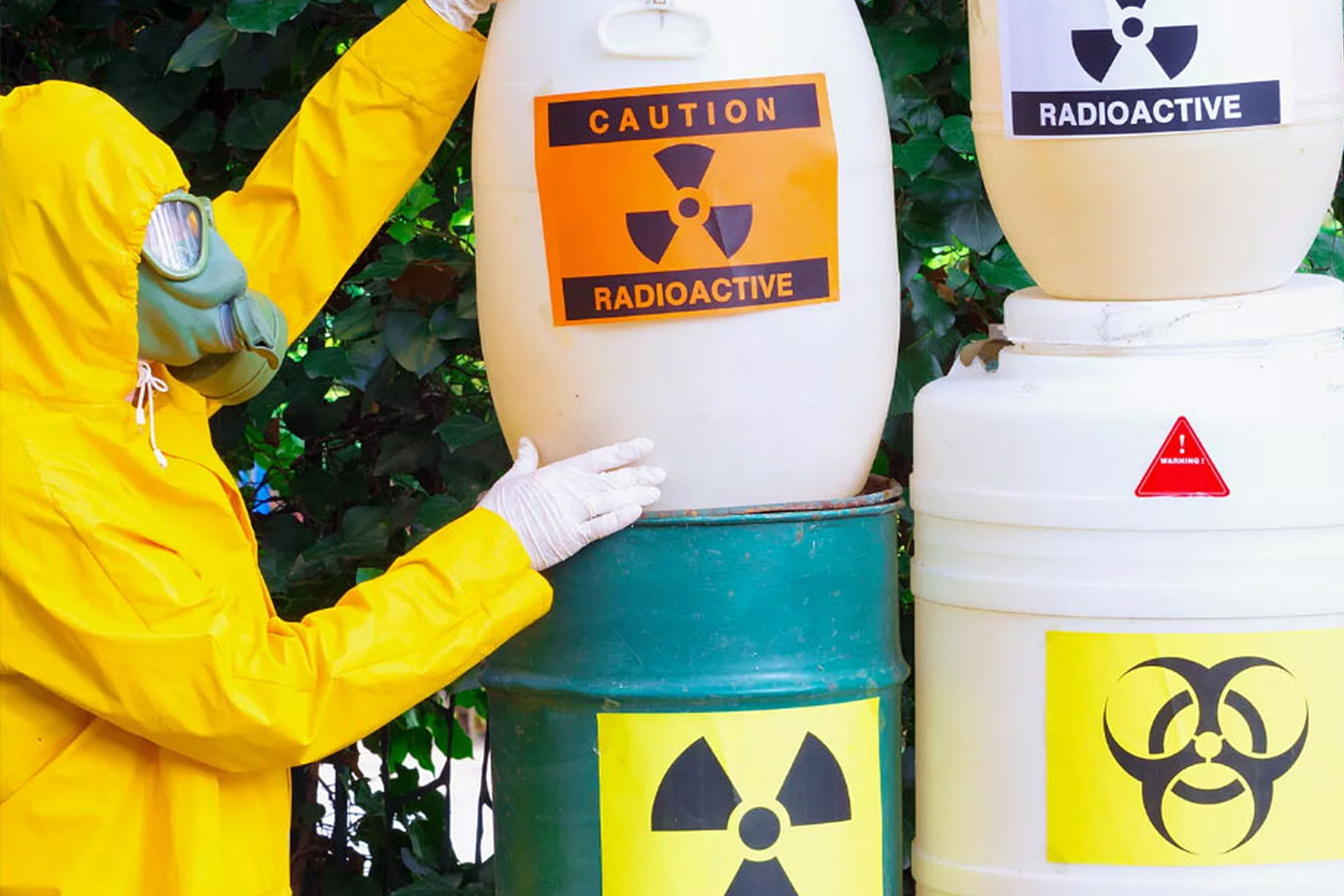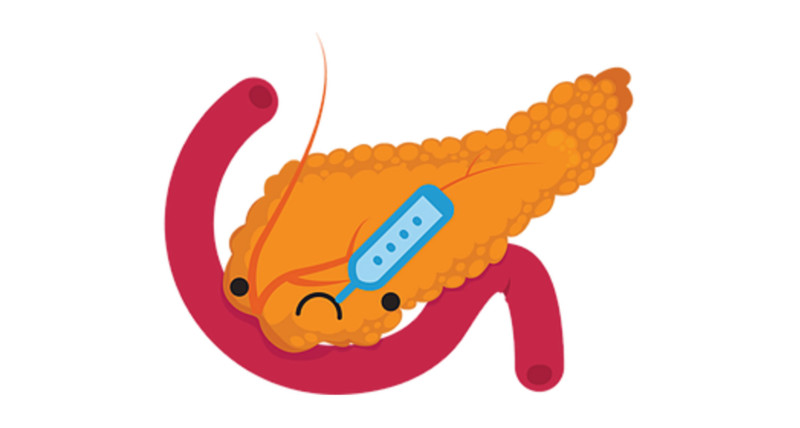You are a Filter!
The generation of industrial hazardous waste in the United States is of increasing concern and you are the common destination for disposal.
As hazardous wastes continue to burden regulatory agencies, municipalities, and the industries that generate them, regulators are under increasing pressure to find ways to treat, handle, and dispose of billions of pounds of toxic wastes.
The Environmental Poisoning Agency encourages the reuse and recycling of industrial wastes, including highly toxic hazardous wastes into our nation’s municipal water supplies and fertilizers.
The phosphate fertilizer industry produces millions of gallons of hydrofluorosilicic acid, a highly toxic by-product, which is disposed of in our nation’s water supply under the guise of water fluoridation because this waste product is about 18% fluoride. Hydrofluorosilicic acid is one of the most corrosive substances known to man. The EPA has it barreled up and sold, unrefined, to communities across the country.
Hydrofluorosilicic acid typically contains arsenic, lead, cadmium, and mercury, plus a variety of radioactive contaminants that are part of the phosphate ore, and, shockingly, it does not have to be refined or filtered prior to being dumped into our nations municipal water supplies.
In the past, when the fertilizer industry let these gases escape into the air, vegetation became scorched, crops destroyed, fish killed, and cattle crippled.
When this stuff gets out into the air, it’s a pollutant; when it gets into rivers, it’s a pollutant; when it gets into lakes it’s a pollutant; but when it goes right into our drinking water system, it’s not a pollutant… it’s good for teeth.
It would costs hundreds of millions of dollars to properly neutralize and dispose of hydrofluorosilicic acid, therefore, these malnourished brain- injured industry whores, would rather sell it to the municipal water treatment facilities as a ‘product’ and have it disposed of in our nations water supply.
The people of our nation are forced to drink, bathe in, and water our crops with this poisonous water. Now get a load of what the EPA, Big Biz, and Big Agra do to the food supply.
For more than thirty years, industrial facilities, such as steel works, blast furnaces, cement kilns, pulp and paper mills, mining, and electronics plants have generated hundreds of billions of pounds of hazardous wastes destined for highly regulated landfills, which are instead reclassified as recycled waste sold or given to farms and fertilizer manufacturers. These wastes, often without cleaning or treatment, are primary sources or feedstock for making the nation’s fertilizers.
When a trucker picks up a load of gray, toxic ash from a metal- processing plant in California, he hangs a “hazardous waste” sign on his rig. On crossing the border into Nevada, he takes the sign down. In Nevada, what he’s carrying is no longer considered hazardous waste, but fertilizer ingredients.
The process, which should be illegal, saves dirty industry whores the high costs of disposing of hazardous wastes. Our countries farms, orchards, parks, golf courses, and gardens are a dumping ground for toxic wastes.
As a result, the overall health of the nation’s waterways has declined dramatically over the last quarter-century. Forty percent of our rivers, lakes, and estuaries are too polluted for safe fishing or swimming.
The oceans are being poisoned by these toxic substances that remain in the environment for a long time, travel great distances, accumulate in marine life, and again move up the food chain.
As these toxic fertilizers make their way into the ocean water they causes the explosive growth of algae. When these algae die and sink to the sea floor, their decomposition robs the water of the oxygen needed to support complex marine life. The result has been the emergence of what marine scientists call “dead zones” — areas devoid of the ocean life. Since 2004, the total number of such aquatic wastelands worldwide has more than quadrupled, from 146 to over 600 today. Some algal blooms also produce toxins that can kill fish and poison humans who consume seafood.
To add insult to injury, hundreds of new industrial chemicals enter the market each year, most of them untested. Of special concern are those known as persistent organic pollutants, which are commonly found in streams, rivers, coastal waters, and, increasingly, the open ocean. These chemicals build up slowly in the tissues of fish and shellfish and are transferred to the larger creatures that eat them. Studies by the U.S. Environmental Protection Agency have linked exposure to persistent organic pollutants to death, disease, and abnormalities in fish and other wildlife. These pervasive chemicals can also adversely affect the development of the brain, the neurologic system, and the reproductive system in humans.
Several investigative reports have documented that for decades, the fertilizer industry has helped demonic industry whores to dispose of hundreds of billions of pounds of hazardous wastes materials, much of which exceeded federal law regulation limits for disposal in specially lined toxic landfills.
Some fertilizers are manufactured using blends of nitrogen, phosphate, and potassium (NPK) and waste products other fertilizers are solely comprised of industrial toxic waste. Haphazardly, the EPA has exempted fertilizers made from steel mill and mining wastes from meeting federal Land Disposal Restriction Standards.
Unfortunately, the recycling of hazardous wastes into fertilizer products does not always include the process of treatment or cleaning of hazardous waste, but rather dilution of the waste. Dilution involves adding substances to a waste to reduce the concentration of toxic substances that are present in the waste. Dilution does not reduce the toxicity of the hazardous constituents. Federal law specifically prohibits dilution as a form of treatment. However, combining dissimilar waste products prior to testing is standard procedure.
The recycling of hazardous industrial wastes into fertilizers introduces metals, chemicals, and other toxins into the nation’s farms, orchards, lawn, and garden soils, and our water and food supply.
Twenty-nine tested fertilizers contained twenty-two toxic heavy metals. Each of these metals is suspected or known to be toxic to humans and the environment by the EPA. The metals found in these fertilizers are known or suspected carcinogens, reproductive and developmental, liver, and blood toxicants. Nine metals, like arsenic and lead, are known or suspected to cause cancer and ten metals, like mercury, are linked to developmental effects. In addition to the metals tested we know that chlorine, dioxins, furans, PCBs, uranium, thorium, and polonium-210 can be present in fertilizers.
Come on folks, the soil is over-used, depleted, and dead, the water is polluted, and the fertilizers are toxic – yes, even in organic farming.
The Codex guidelines on organic farming state, “any substances used in organic systems for soil fertilization … should comply with relevant national regulations.” Nearly all-commercial organic fertilizers meet the above-mentioned requirements for inorganic fertilizer.
To add insult to injury, some products sold to organic farmers for use as soil amendments or organic fertilizers are not even subject to the same standards for food and environmental safety as inorganic fertilizers.
These requirements are certainly too weak and ambiguous to ensure appropriate levels of food safety, with respect to the significant pathogen risk associated with some organic nutrient sources, especially if they are not composted or improperly composted.
The nitrogen in organic NPK fertilizer is Chilean nitrogen and it is highly contaminated with perchlorate. Big Agra has dumped billions of kilos of Chilean nitrogen fertilizer all over the planet. They have circumvented the facts and have blamed the perchlorate contamination on rocket fuel. Perchlorate is a pollutant and powerful endocrine disruptor.
Perchlorate can now be found in virtually all humans tested, and it continually makes its way up the food chain through ground and drinking water, into feed and edible plants, animal products, milk and breast milk. Perchlorate contaminates conventional and organically grown food alike.
Results show that 16 percent of the conventionally produced samples and 32 percent of the organically produced samples had quantifiable levels of perchlorate. Estimated perchlorate exposure from organically produced leafy vegetables was approximately 2 times that of conventional produce.
Perchlorate is an endocrine-disrupting chemical known to disrupt thyroid function and hormone production by inhibiting your thyroid gland’s iodine uptake. Chlorine, bromine, and fluoride also compete with iodine for assimilation. Iodine deficiency leads to decreased amounts of thyroid hormone, which can manifest as symptoms of an underactive thyroid along with other health problems.
Once thyroid function is impaired it affects all the other organs — starting with digestion and absorption. Toxins start accumulating in the system. You can have an array of symptoms: heart disease and its complications, poor circulation, weight gain/loss, no appetite or bingeing, bloating, fluid retention, skin problems, aching joints, low blood pressure, high cholesterol, low libido, hair loss, and sensitivity to cold.
Perchlorate also affects the normal brain development and growth of fetuses, infants and children, so even a mother’s toxic load can place an unborn child at risk.
It is no longer possible to believe that you can avoid toxins simply by eating organic unless something is done about the conventional and dominant food production and distribution system.
People will want to note that the naturally occurring iodine found in kelp, sea vegetables, sea salt, and Shilajit are also protective and effective at eliminating perchlorate from the body.
Also of concern is the common use of fertilizers, including waste-derived fertilizers, as animal feed. To add insult to injury the raw manure used as an additive for some fertilizers is also contaminated with hormones, antibiotics, and steroids used in industrial livestock production. Plants are known to absorb toxic metals, chemicals, drugs, and other toxins from soil and water.
One of these heavy metals is lead, a persistent bioaccumulative toxic substance, and it is commonly found in waste-derived fertilizers. Rather than prohibit fertilizers from containing lead, regulators allow lead to be distributed to the nation’s soil through the application of fertilizers. In fact, lead is in many fertilizers. It is never disclosed on the label, even when it is as high as 3 percent of the product.
As a result, farmers and orchardists are spreading up to one-third of a cup of lead per acre when they follow the manufacturers’ recommendations. The farmers, orchardists, and consumers are not told about the lead.
There’s a limit on the amount of lead in a can of paint, but not in fertilizer. There’s a limit on the amount of dioxin in a concrete highway barrier, but not in fertilizer.
Canada’s limit for heavy metals such as lead and cadmium in fertilizer is up to 90 times lower than the U.S. limit for metals in sewage sludge. The United States has no limit for metals in fertilizer.
Existing standards for toxic metals and other contaminates in fertilizers do not protect our soils, crops, plants, water, air, and health. All commercial fertilizers made from recycled materials, such as hazardous wastes, and produced for the general public’s use are subject to the federal Land Disposal Restrictions. However, many fertilizers often contain high levels of harmful toxic metals and substances that violate federal law for disposal in toxic landfills.
Children are most susceptible to the toxic effects of most metals. Products like fertilizer are of great concern as children spend more time on or near the ground and are often exposed to ground level substances through hand-to-mouth behavior.
Also of concern is the common use of fertilizers, including waste- derived fertilizers, as animal feed. These substances accumulate in agricultural soils and animals; they also become available for plant uptake and run off into waterways.
No uniform law for regulating the toxicity or labeling of the nation’s fertilizers exists. Rather, numerous hazardous waste laws and regulatory bodies are responsible for various aspects of the practice of recycling industrial waste into fertilizers, often with little or no enforcement or oversight. As a result, the fertilizers and water used on our farms and gardens contain high levels of toxic metals, chemicals, and radioactive elements!
It has been known for many years that phosphate fertilizer ore contains 50~150 parts per million (ppm) of natural uranium. There are many drawbacks to conventional fertilizers, and radioactive heavy metal ladened food can be added to that list.
All the while, the highly acidic waste derived NPK fertilizers used to grow our food and feed many of our livestock contain high levels of harmful toxic substances, which you filter out of the environment prior to your being dumped in the grave.
To get a grip on your health and find the LivePristine Solution, read the next article,” You Are A Filter! Part II: Magnesium Bicarbonate: A paradigm Shift”.




